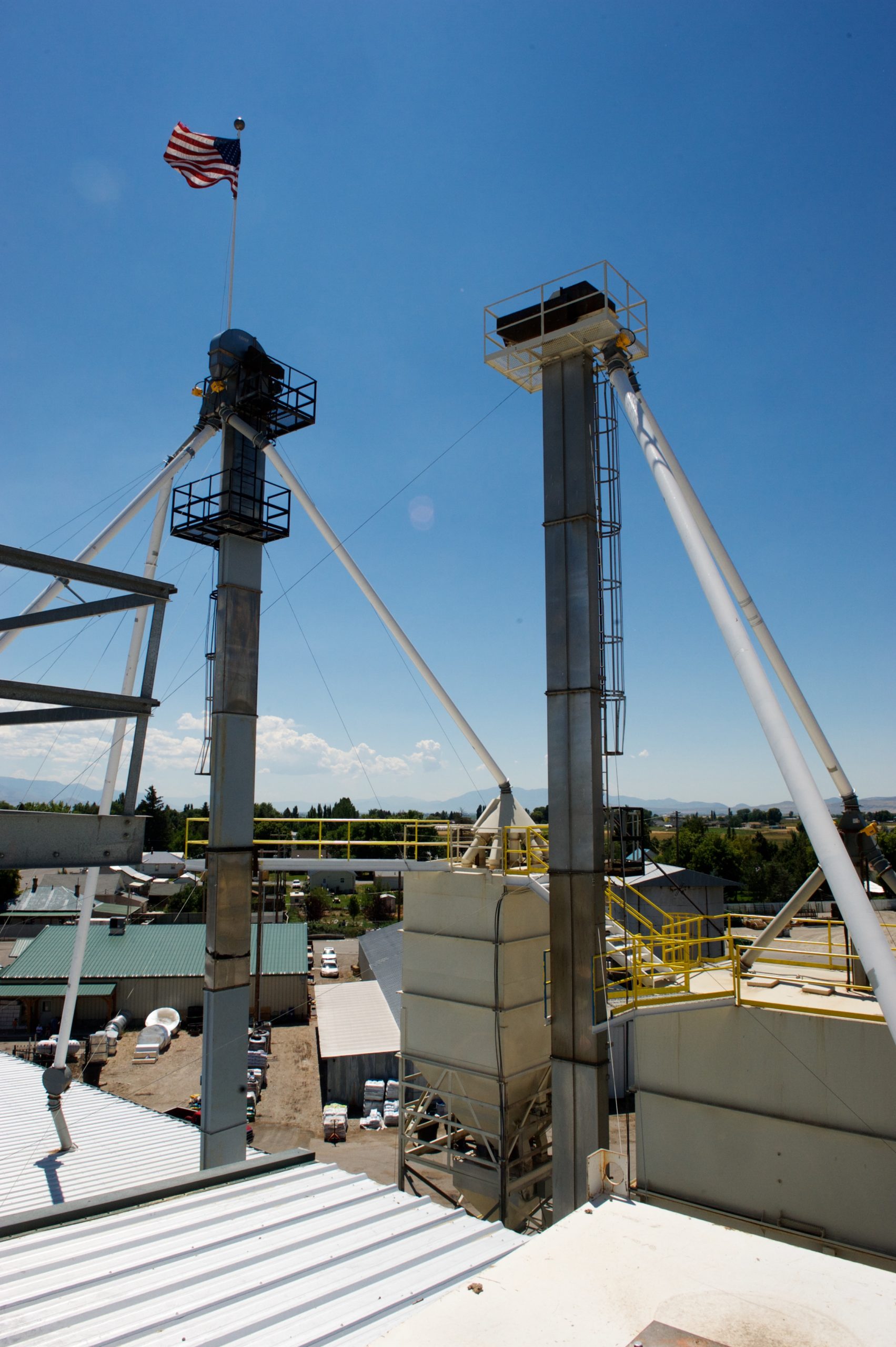Feed mixing is about making sure you have a nutritious, consistent product to feed your animals and livestock. If the feed is improperly mixed or not consistent from one batch to another, the health and well-being of your animals may suffer as a result. Several factors will shape the accuracy of your animal feed, including the size and granulation of your particles, what kind of mixer you use, and how long you mix the feed together. Learn more about the feed mixing process and grain handling to improve the accuracy and overall quality of your agricultural products.
Factors That Affect Mixing Accuracy
Improving the accuracy of the mixing process means making sure that every animal receives the same level and quality of feed. The mixer should evenly blend the different ingredients together to prevent clumping, settling, and other problems that can affect the quality of your feed.
- Granulation
To improve mixing accuracy, make sure your particles are as close in size as possible. In terms of granulation, the differences between the individual components should be no more than 3 mm. If the difference is greater, larger particles will likely settle at the bottom, leaving you with inaccurate, poorly mixed feed.
- Bulk Density
The bulk density needs to be consistent as well. The differences between your components should be no more than around 0.5 kg/dm³ or 31 lbs/ft³. If the difference in bulk density is any larger, you likely have a problem with segregation as some particles sink and others rise to the top.
- Mixing Time
When it comes to feed mixing, ideally you want to reach a coefficient of variation of zero (CV). This means the components are perfectly mixed, but that’s rarely achievable in practice. In fact, a CV of 5% is the industry standard for most ingredients.
The length of the mixing process can improve, or derail, the accuracy of your feed. In some cases, the longer the mixing time, the closer the feed will be to a CV of zero. However, some ingredients and components can only be mixed for certain periods of time before they start to separate back out. This is what’s known as de-mixing.
You will need to time the mixing process to make sure you get as close to a CV of zero as possible without reaching the de-mixing stage. Complete various practice batches to find the optimal mixing time for each type of feed.
- Mixing Chamber
The style of mixer you use can also affect the accuracy and quality of your feed. It’s best to limit the amount of dead or empty space in the mixing chamber, so components don’t get trapped in corners and bottlenecks. You should also have easy access to the chamber, so you can clean it out at the end of the day or in between each batch to prevent cross-contamination. You should also take out the paddles and clean them individually to improve quality and accuracy.
- Excessing Transport and Handling
It’s also important to limit handling and transportation of the feed once it has been mixed. Avoid dropping the feed container, turbulence during transportation, and other sudden movements, as this could lead to segregation. You can also use pelleting to minimize movement and segregation when handling your feed.
Use these tips to improve the feed mixing process. Halverson Company helps maximize the efficiency of your processing with the latest in feed mill technology. Contact the professionals at Halverson Company to learn more about feed mill construction.

